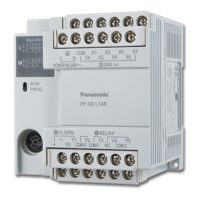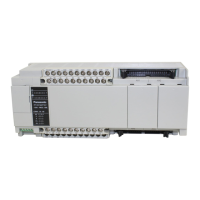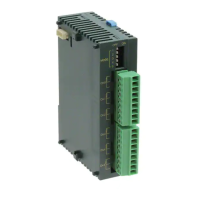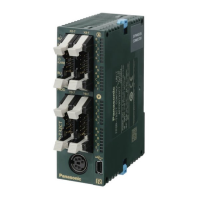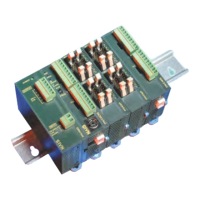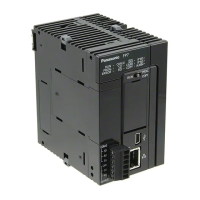Bitwise Boolean instructions
514
Part III FP Instructions
F6_DGT
Digit data move
This instruction also exists as a P instruction (for FP2/2SH, FP3/5, FP10/10SH PLC types), which
is only executed at the rising edge of the EN trigger. Select [Insert P instruction] from the
"Instructions" pane if you require a P instruction. To facilitate reuse, the instruction then appears
under "Recently used" in the pop-up menu. Press <Ctrl>+<Shift>+<v> within the programming
area to open the list of recently used elements.
Digits are units of 4 bits used when handling data. With this instruction, 16-bit data is separated into
four digits. The digits are called in order hexadecimal digit 0, digit 1, digit 2 and digit 3, beginning
from the least significant four bits:
15 . . 12 11 . . 8 7 . . 4 3 . . 0
0 00 0 0 0 0 0 1 0 0 0 1 0 0 1
3 2 1 0
bit
16-bit data
hexadec. digit
hexadec. digit
hexadec. digit hexadec. digit
n specifies the
3
source hexadecimal digit position, the
2
number of digits and the
1
destination hexadecimal digit position to be copied using hexadecimal data as follows:
n: 16#
3
2
1
Source: Starting hexadecimal digit position
0 Hexadecimal digit 0
1 Hexadecimal digit 1
2 Hexadecimal digit 2
3 Hexadecimal digit 3
Number of hexadecimal digits to be copied
0 Copies 1 hexadecimal digit (4 bits)
1 Copies 2 hexadecimal digits (8 bits)
2 Copies 3 hexadecimal digits (12 bits)
3 Copies 4 hexadecimal digits (16 bits)
Destination: Starting hexadecimal digit position
0 Hexadecimal digit 0
1 Hexadecimal digit 1
2 Hexadecimal digit 2
3 Hexadecimal digit 3
Following are some patterns of digit transfer based on the specification of n.
Specify n: 16#101 when hexadecimal digit 1 of the source is copied to
Description
The hexadecimal digits in the 16-bit data or in the 16-bit equivalent constant specified by s are
copied to the 16-bit area specified by d as specified by n.
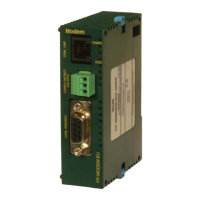
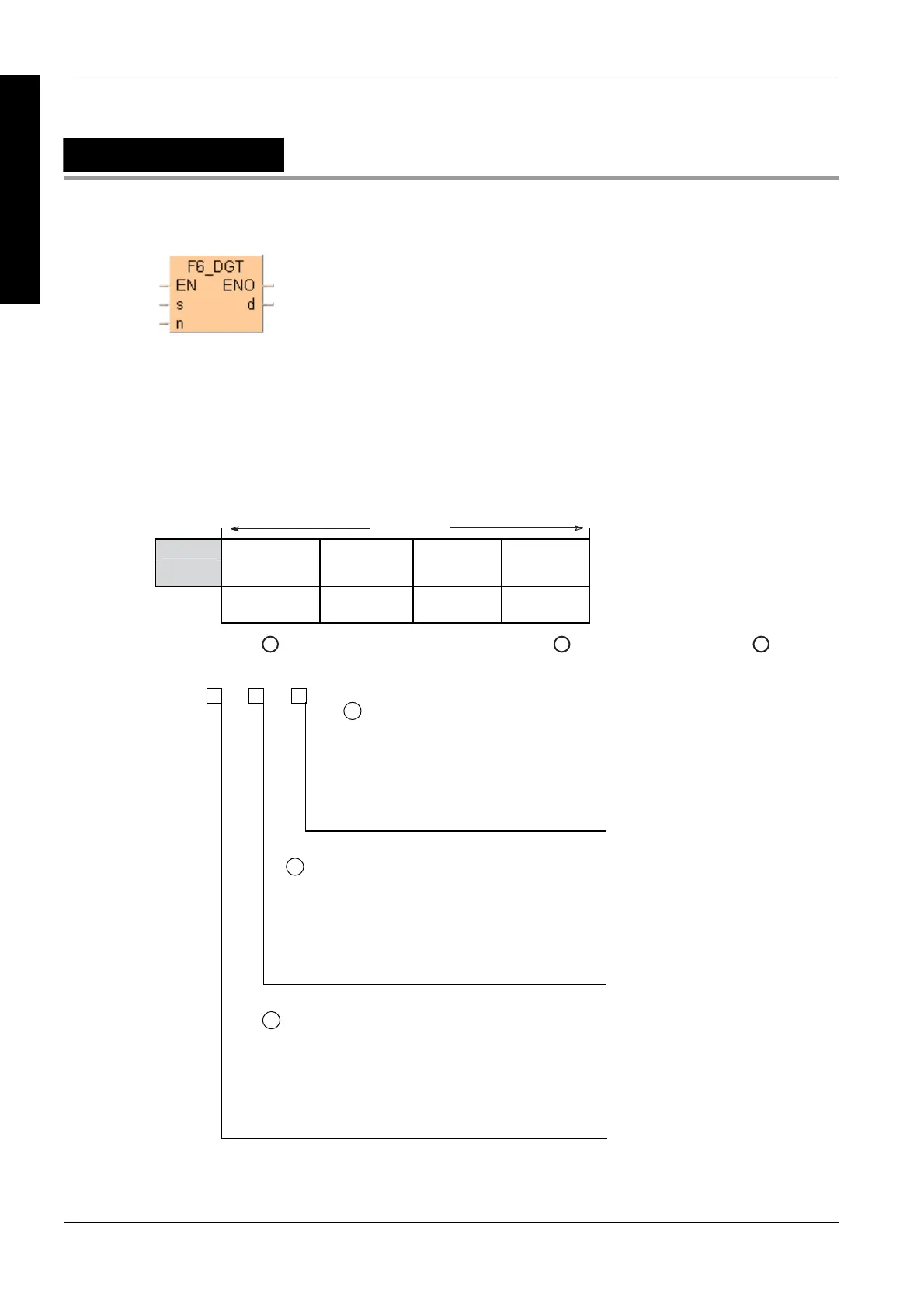